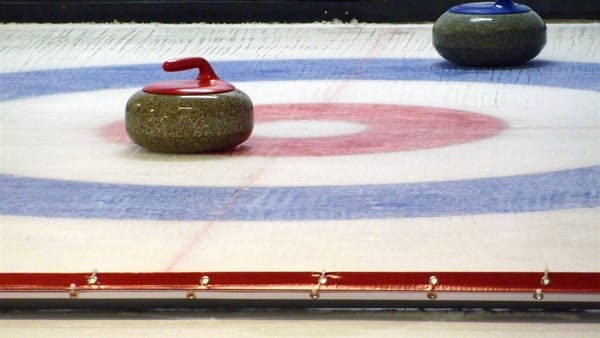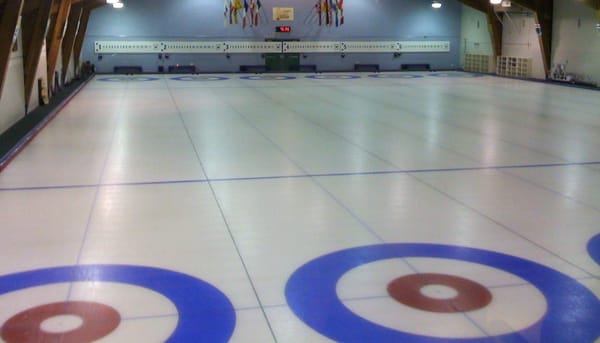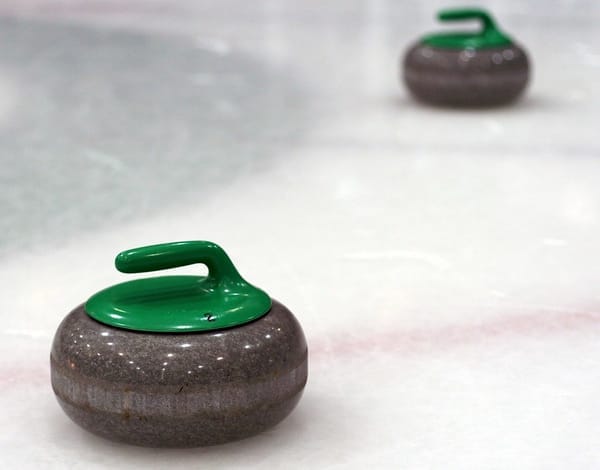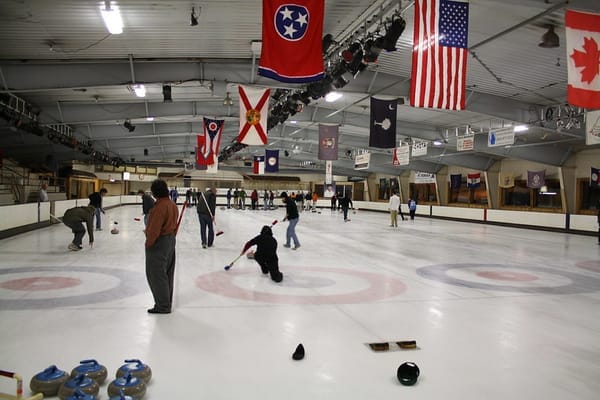Sharpening Curling Stones

In the world of competitive curling, every detail matters, and one key aspect that can significantly impact performance is the sharpening of curling stones. This process, often referred to as "scratching," plays a vital role in how stones interact with the ice, influencing their speed and curl. Here’s a closer look at the importance of sharpening and how it can enhance your game.
What is Sharpening?
Sharpening involves roughening the running surface of a curling stone to make it more aggressive. By creating a rougher surface, sharpening increases the stone's ability to grip the ice, resulting in a more pronounced curl. This technique is especially valuable in competitive play, where precision and control are paramount.
How Does Sharpening Work?
As a curling stone glides across the ice, friction causes its running surface to become polished over time. This polishing reduces the stone's aggressiveness and its ability to curl effectively. Sharpening effectively counteracts this process, restoring the stone's "bite" into the ice and enabling it to perform better during crucial moments in a match.
Sharpening Techniques
While there are various methods to texture stones, the consistent application of the process is crucial. A sharpening jig is typically used to ensure that the running surface is sanded uniformly. Different grits of sandpaper are employed to achieve varying levels of aggressiveness:
-
Full Scratch: This involves using 80-grit sandpaper in a specific pattern that includes pushing, pulling, and turning the stone at a 90-degree angle. This method provides the most aggressive texture.
-
Maintain Scratch: Using 100-grit sandpaper, this technique aims to keep the stone’s performance consistent without being overly aggressive.
-
Light Scratch: Achieved with 150-grit sandpaper, this method creates a milder texture, suitable for less aggressive play.
Additionally, some curlers use a flat surface, like a 2x4 wrapped with sandpaper, in a circular motion to clean the running surface lightly.
Frequency of Sharpening
The frequency with which stones should be textured depends on several factors, including the number of throws and the ice conditions:
-
High Usage Clubs: For clubs where stones are thrown frequently (3000 or more times a year) and on warmer ice (23-25 degrees), it is recommended to texture the stones every 2000 throws.
-
Colder Ice: In colder conditions (20-22 degrees) or frosty environments, sharpening should be done every 1500-1800 throws.
Other factors, such as running rocks before games or the overall friction on the ice, can also influence how often stones need sharpening.
Impact of Ice Conditions
Ice conditions play a crucial role in determining the necessity and frequency of sharpening. Warmer, freshly scraped ice generally has less friction, reducing the need for frequent sharpening. Additionally, techniques such as "nipping" the pebble before games can help extend the intervals between sharpening sessions.
Conclusion
Understanding the principles of sharpening curling stones is key to achieving optimal performance on the ice. By taking the time to properly texture your stones and consider the impact of ice conditions, you can ensure consistency and enhance your game. Embrace this technique, and watch your curling skills reach new heights!



